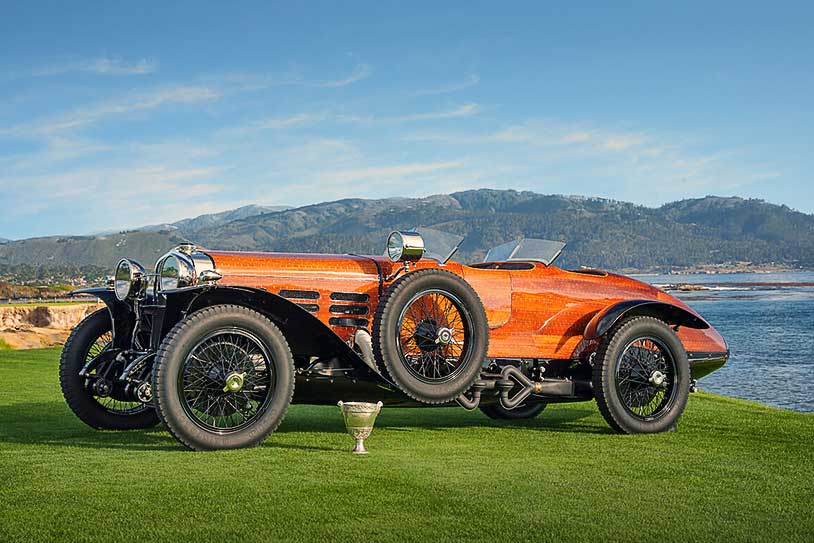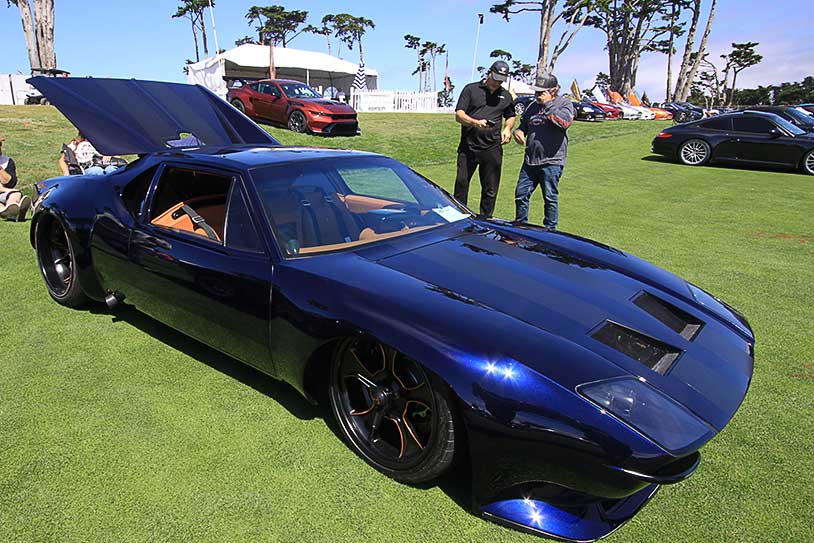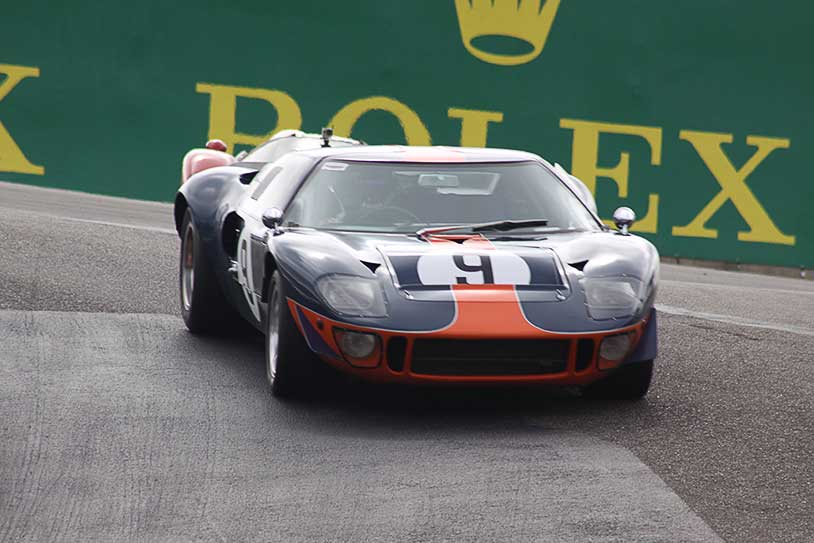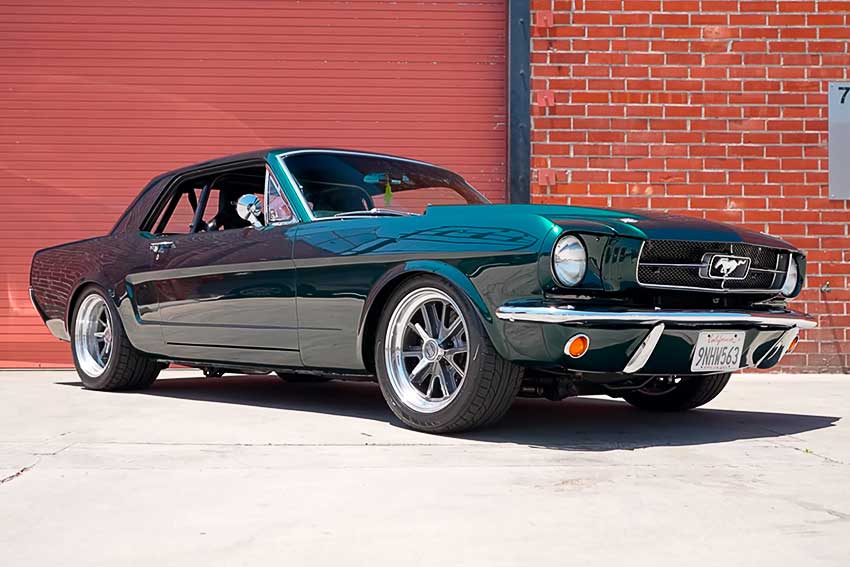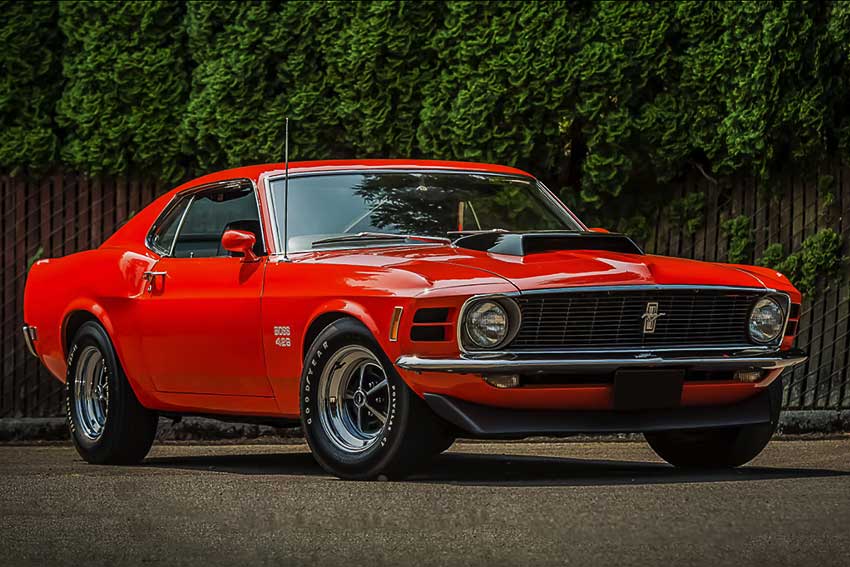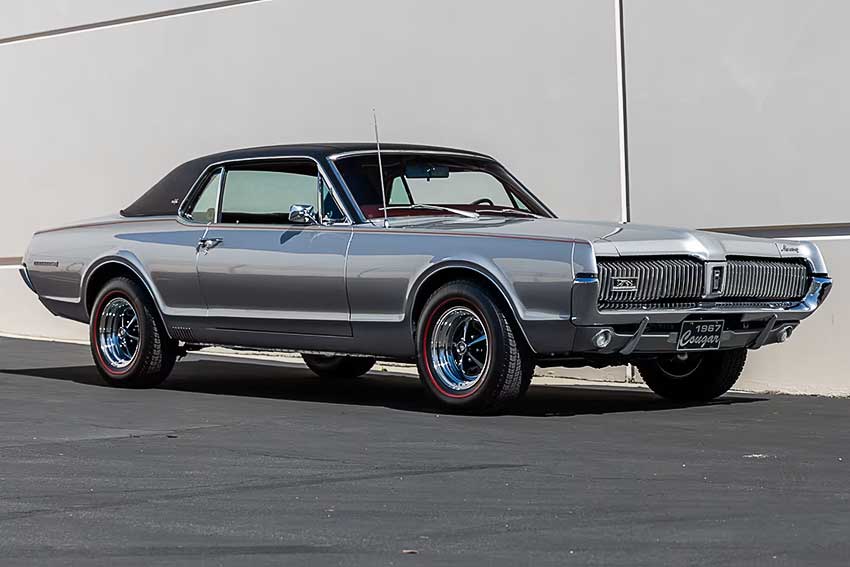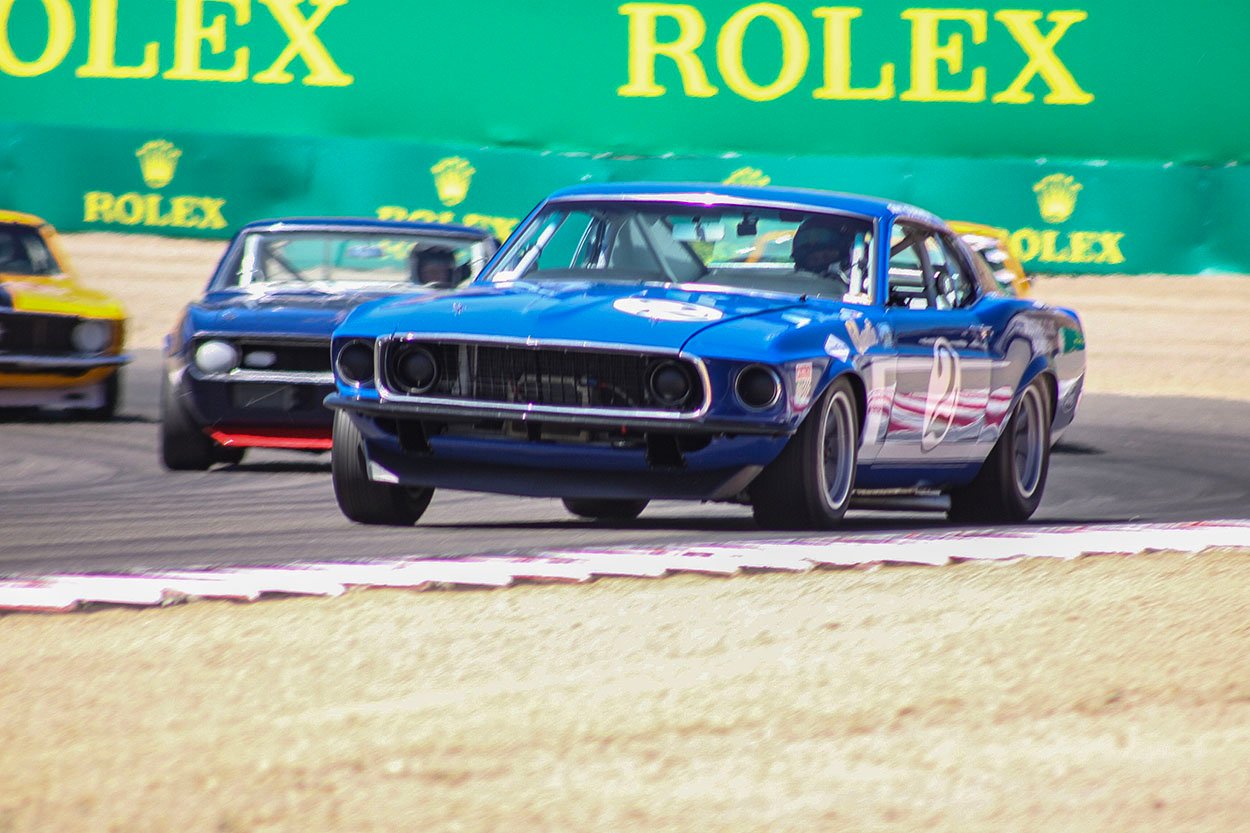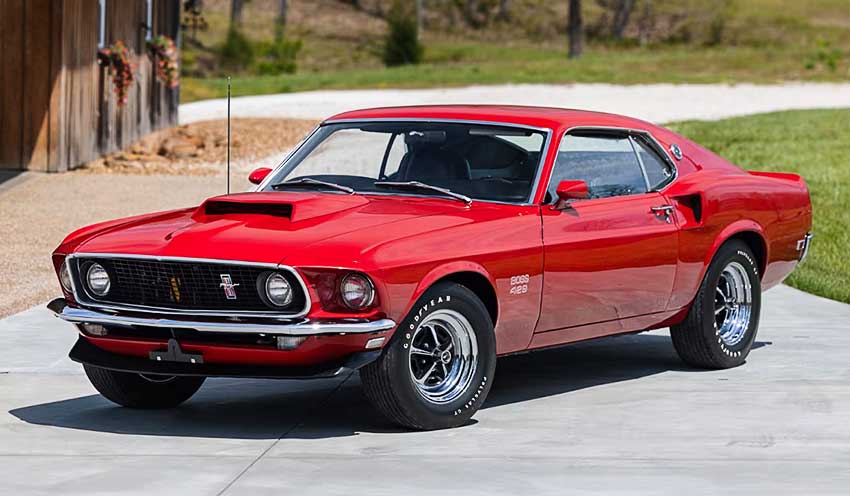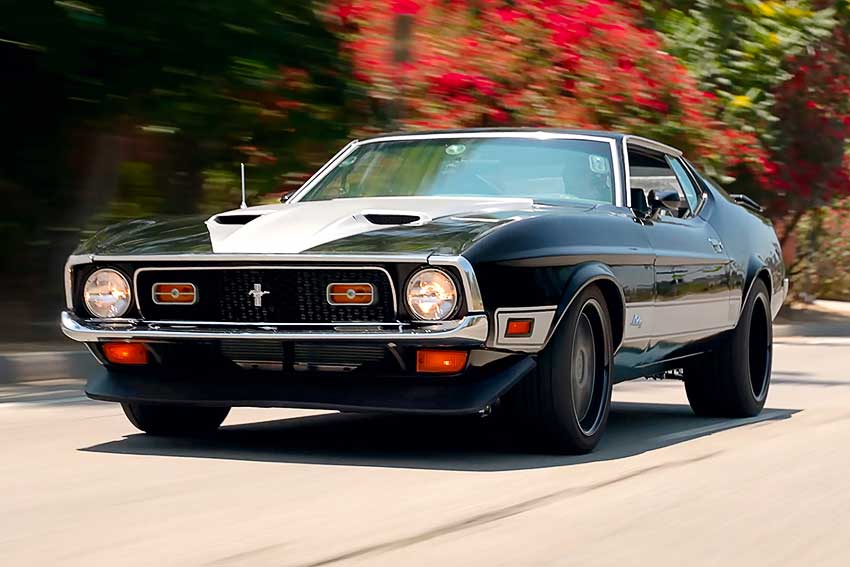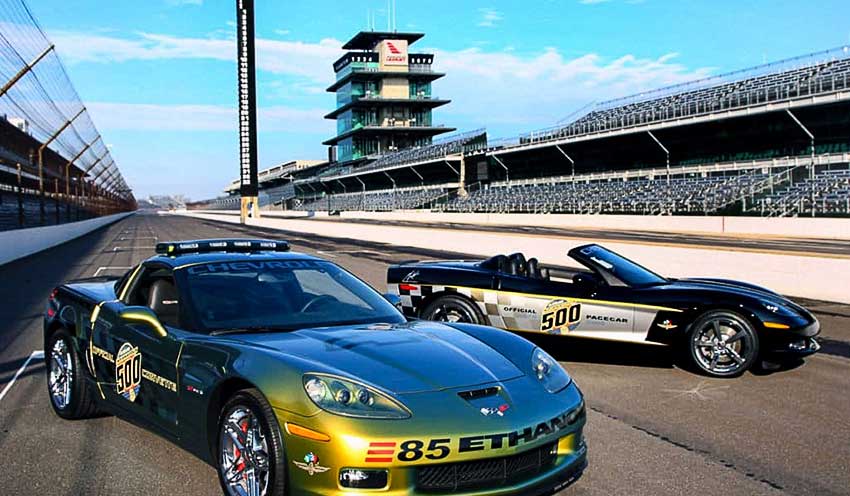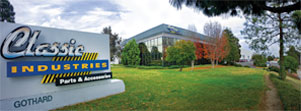A one-of-a-kind Hispano-Suiza with an aviation-inspired design stole the spotlight at this year’s Pebble Beach Concours d’Elegance, taking home the coveted Best of Show award.
Out of 229 cars from around the world - 55 of them shipped in from 22 different countries - the winning entry was a 1924 Hispano-Suiza H6C Nieuport-Astra Torpedo, lovingly presented by Penny and Lee Anderson Sr. of Naples, Florida.



